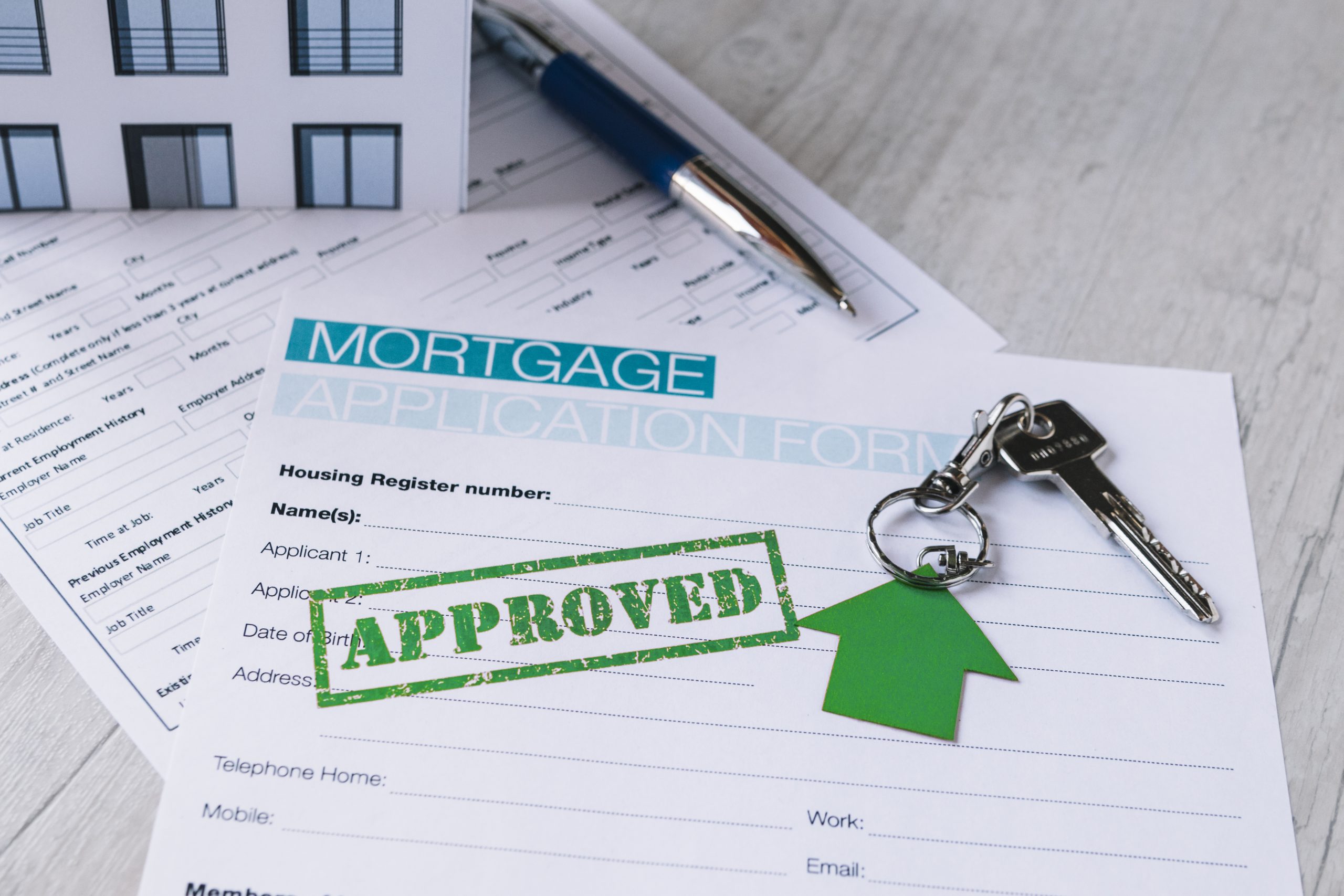Storm-Proofing Your Home: What You Need to Know
Photo by Alex Andrews
As severe weather events become increasingly frequent and intense, protecting your home from storms is more crucial than ever. Whether it’s powerful hurricanes, intense thunderstorms, or unexpected hail, the damage caused by these events can be extensive and costly. Imagine the peace of mind knowing your home is fortified against the unpredictable fury of nature. It’s not just about fixing what’s broken but preventing damage before it happens.
The Challenge of Storm-Proofing
Many homeowners are unsure where to start when it comes to storm-proofing their homes. With so many options and varying levels of effectiveness, it can be overwhelming to decide which measures will offer the best protection. It’s easy to be tempted by quick fixes or temporary solutions, but investing in comprehensive storm-proofing strategies can save you time, money, and stress in the long run. Understanding the core elements of a storm-proof home can make a significant difference.
Why a Strategic Approach Matters
Taking a strategic approach to storm-proofing involves more than just choosing the right materials; it requires a thoughtful evaluation of your home’s vulnerabilities and implementing solutions that address those weaknesses. Every detail matters in safeguarding your property, from strengthening your roof to reinforcing windows and doors. This guide will delve into essential considerations and practical tips to help you prepare your home for the next storm, ensuring you stay safe and secure no matter the weather.
1. Assessing Your Home’s Vulnerabilities
Before you can start storm-proofing your home, you must understand where it might be most vulnerable. Every house has its weak points, and identifying these areas is the first step toward fortifying your property against storms.
Start by walking around your home, both inside and out. Pay attention to areas susceptible to damage, such as windows, doors, the roof, and even the foundation. Look for signs of wear and tear, like cracks, leaks, or loose shingles. These might seem like minor issues, but during a storm, they can become major problems.
2. Strengthening Your Roof and Exterior
Your roof is one of the most essential elements of your home regarding storm protection. If your roof is old or showing signs of wear, it may not be able to withstand a strong storm. That’s why it’s often wise to have a professional roofing company inspect your roof for potential vulnerabilities that could be exposed during a storm. They can check for things like loose shingles, damaged flashing, and weak spots that could become problematic.
In addition to regular inspections, there are other ways to strengthen your roof. Consider adding hurricane straps or clips, which help secure the roof to the walls of your home, providing extra protection against high winds. You might also consider installing a roof covering designed to withstand extreme weather, such as metal roofing or impact-resistant shingles.
The exterior of your home, including siding and gutters, also plays a significant role in storm-proofing. Make sure your siding is in good condition, with no cracks or holes that could allow water to seep in. Replacing your siding with a more durable material, like fiber cement, can offer better protection if your siding is old or damaged.
3. Securing Windows and Doors
Windows and doors are often the most vulnerable parts of a home during a storm, but with the right precautions, you can significantly reduce the risk of damage.
Installing storm shutters is one of the most effective ways to protect your windows. These can be closed quickly when a storm approaches, providing a barrier against flying debris and high winds. If storm shutters aren’t an option, consider temporarily covering your windows with plywood.
For a more permanent solution, impact-resistant windows are an excellent investment. These windows are designed to withstand the force of wind-driven objects and are less likely to shatter. While they can be more expensive than regular windows, the added protection is worth the investment, especially in areas prone to severe weather.
Doors should also be fortified against storm damage. Make sure that all exterior doors are solid and equipped with heavy-duty deadbolts. Reinforce the door frame with steel or aluminum to prevent it from being blown in by strong winds. If you have sliding glass doors, consider adding a security bar or dowel to prevent them from being forced open.
4. Gutter and Drainage Maintenance
Gutters and drainage systems are your home’s first line of defense against water damage during a storm. They work to divert water from your home, reducing the water damage by preventing it from pooling around your foundation and causing structural issues.
Regular maintenance is vital to keeping your gutters and drainage systems in good working order. Clean out your gutters at least twice a year, preferably in the spring and fall, to remove leaves, twigs, and other debris.
Check that your downspouts are securely attached and direct water at least five feet away from your home’s foundation. If necessary, add extensions to ensure that water is adequately diverted. Consider installing gutter guards to help keep debris out of your gutters and reduce the frequency of cleanings.
In addition to maintaining your gutters, checking your home’s overall drainage system is essential. Make sure that the ground around your home slopes away from the foundation to prevent water from pooling.
5. Landscape and Yard Preparations
The landscaping around your home can also impact its storm readiness. Trees, shrubs, and other outdoor features can become hazards during a storm if improperly maintained.
Start by trimming any trees that are close to your home. Overhanging branches can break off during high winds and cause significant damage to your roof or windows. If you have any trees that are dead or weakened by disease, it’s best to remove them to eliminate the risk of them falling on your home during a storm.
Secure any outdoor furniture, grills, or other items that strong winds could pick up and turn into projectiles. Store these items indoors or tie them down with heavy-duty straps. If you have a shed or other outbuildings, ensure they are securely anchored to the ground.
Storm-proofing your home is a critical step in protecting your property and ensuring your family’s safety during severe weather. By assessing your home’s vulnerabilities, strengthening your roof and exterior, securing windows and doors, maintaining your gutters, and preparing your landscape, you can significantly reduce the risk of storm damage.
Remember, these preparations don’t just protect your home; they also provide peace of mind. When you know your home is ready to withstand the next storm, you can focus on what really matters—keeping your family safe.
Fortify Your Home for Future Storms
Incorporating storm-proofing measures into your home isn’t just about immediate protection; it’s an investment in long-term safety and peace of mind. By understanding the essential factors and implementing practical solutions, you can significantly reduce the risk of damage and safeguard your property from future storms. As weather patterns continue to evolve, staying ahead of potential threats and preparing your home accordingly will ensure that you and your loved ones remain secure. Embrace these strategies to protect your home and enhance its resilience against nature’s unpredictable challenges.






